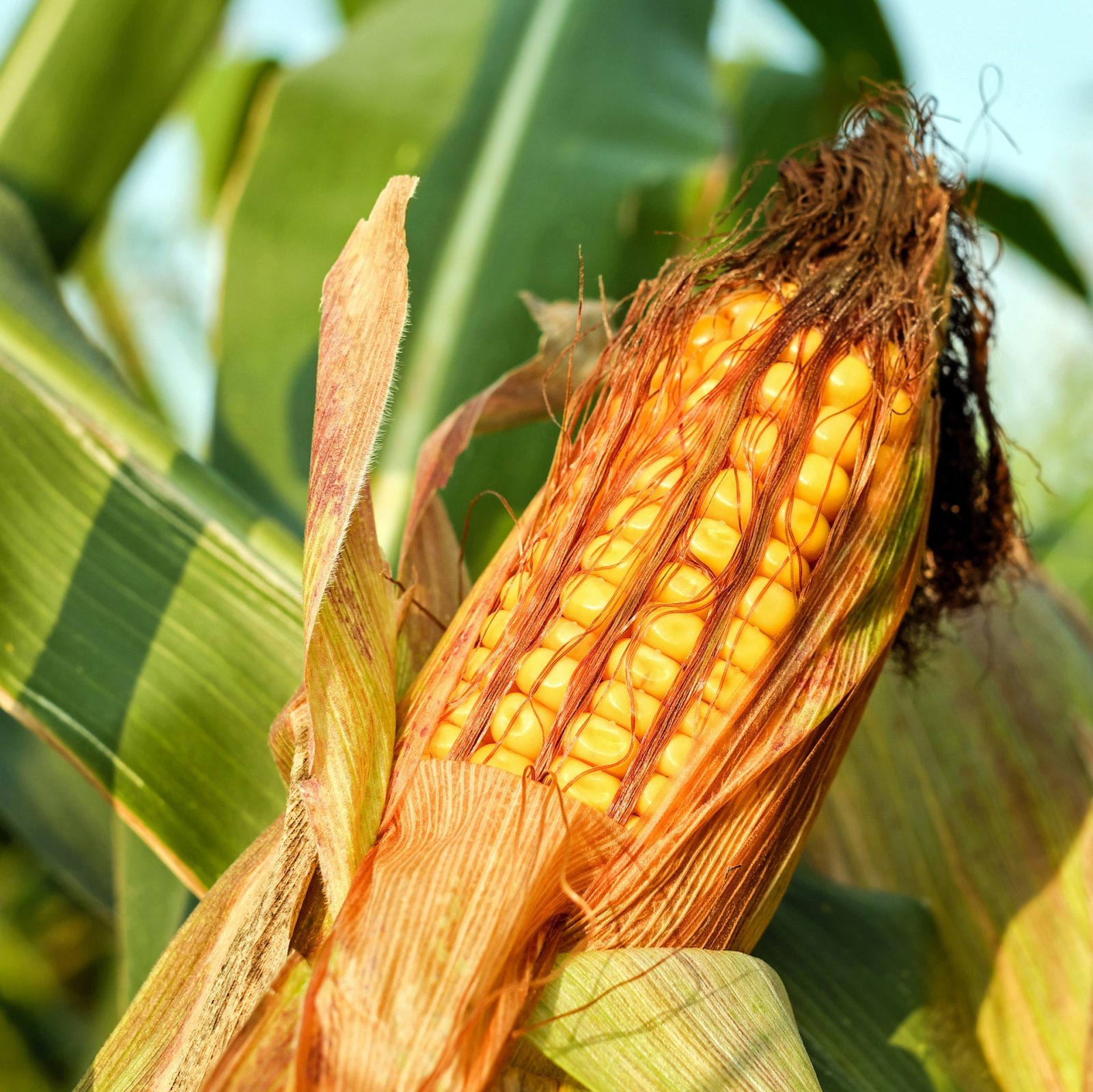You can’t go to the supermarket these days without seeing labels declaring “Non-GMO” on them. But do you really know what that means? GMOs, short for “Genetically Modified Organisms,” are any plants, animals, or organisms with artificially-manipulated DNA. Scientists use genetic engineering to extract certain genes in an attempt to create a new and improved species.
GMOs are everywhere, even in your laundry detergent and clothes, but they are most commonly associated with the things in our food supply. In food, crops are modified to reduce costs and resist diseases. While the government says GMOs are safe, much controversy has arisen because of it.
On the positive side, GMOs save us money. They require less water, land and pesticides. They also reduce greenhouse gases while increasing food production. In fact, they could help feed the world because they can survive through droughts and in depleted soil. GMOs can even be used to add nutritional value.
But GMOs have a negative side as well. One of the biggest is that it could trigger allergies. When mixing DNA, it has the potential to create allergenic proteins. Essentially, that means that certain non-GMO foods you eat that don’t cause any problems for you may result in an allergic reaction when you have the GMO version.
Environmental risks also rise when we tamper with nature. The biggest instance of this is the decline of Monarch butterflies due to toxic pollen that comes from GMO corn varieties. A number of GMOs have genes that are resistant to antibiotics which leads to antibiotics being less effective when we need them.
Whatever side of the fence you’re on, knowing more about GMOs in food is the first step. If you’re concerned about the side effects that are associated with them, you should watch out for these top GMO foods.
- Corn
To battle pests and herbicides, GMO corn was created. You’ll find it in more than the produce aisle though. Check your cereal labels, corn syrup, alcohol, and corn oil. If you want to avoid it, choose organic. Don’t forget about meats though. If you want to keep away from GMO corn, choose grass-fed beef.
- Soybeans
Most soybean products like tofu, soy milk, and edamame have been modified to resist herbicides. Soy milk can be swapped for almond or rice milk. You can also choose nuts and almonds instead of soy products.
- Sugar
Another reason to add sugar to your foods to avoid list! Choose pure maple syrup, raw organic honey, or stevia to sweeten your foods instead.
Most fruits and veggies are genetically engineered too. The most common are tomatoes and potatoes, but plenty of others sit in your produce aisle without you knowing. Your best bet is to always go organic. Even vegetable oil can contain GMOs so swap it for butter, olive oil, or coconut oil.
When it comes to GMO foods, the most important thing we must remember is that we should always be aware of where the food we eat comes from. Whether we’re buying it for our home kitchens or dining out, being cautious about what we eat is the only way to ensure our best health.
